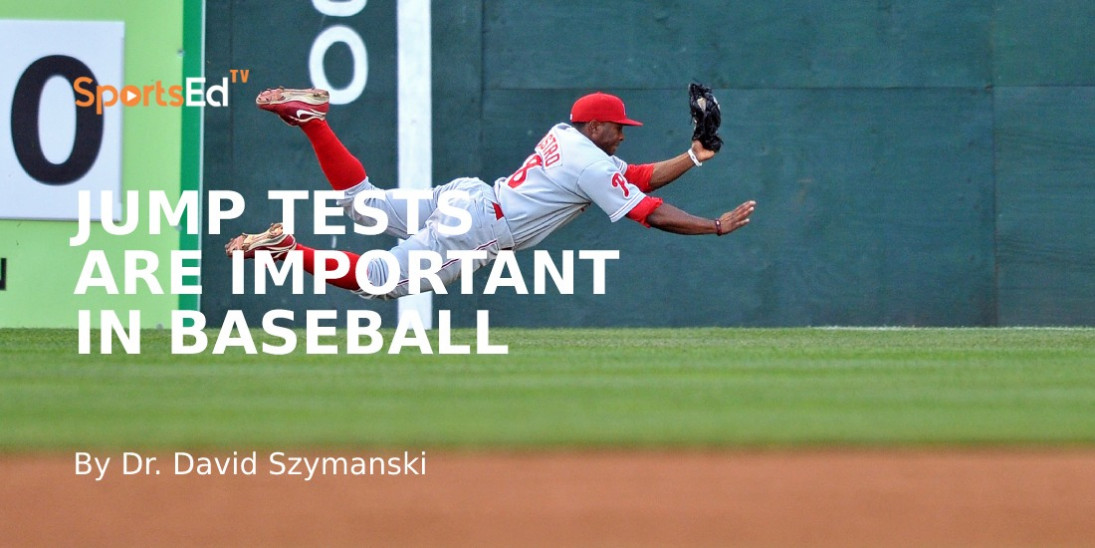Baseball
Welcome and thanks for visiting...

The Guide to Understanding Baseball Rules and Regulations
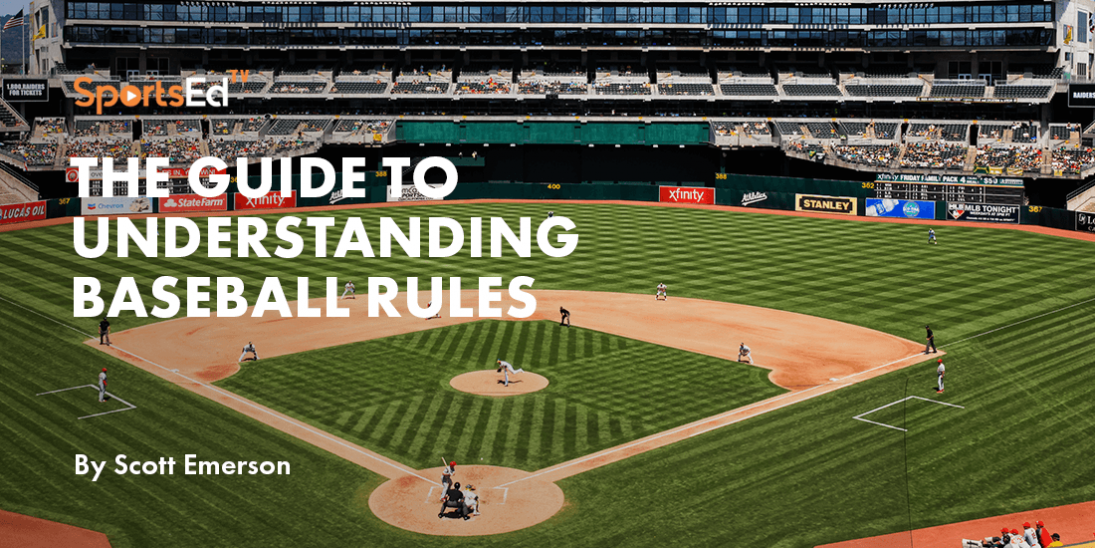
You've come to the right place if you're new to baseball or simply want a better understanding of the game's rules and regulations. In this guide, we break it down for you, step by step. From the game's basic objectives to the more intricate details of scoring and player positions, we've got you covered.
Whether you're sitting in the stands or watching from the comfort of your living room, knowing the rules of the game will enhance your enjoyment and appreciation for the sport. With this guide, you'll be able to understand why a player was called out, when a ball is considered fair or foul, and how different pitches can affect the outcome of the game.
So, get ready to enter the world of baseball with confidence. With our comprehensive guide, you'll soon be able to discuss the game with fellow fans, impress your friends with your knowledge, and maybe even join in on the fantasy baseball craze. Let's start cracking the code to the complex but fascinating world of baseball rules and regulations.
Basic rules of baseball
Baseball is a game played between two teams, each consisting of nine players. The objective is to score more runs than the opposing team by hitting a ball and running around a series of bases. At the heart of the game are a few fundamental rules that govern play.
First, let's talk about the playing field. A baseball field consists of four bases arranged in a diamond shape. The bases, in order, are first base, second base, third base, and home plate. The distance between each base is 90 feet.

The game is divided into innings, with each team having a turn to bat and a turn to field. During their turn at bat, the team tries to score runs by hitting the ball and reaching base safely. The team in the field aims to prevent the opposing team from scoring by getting their players out.
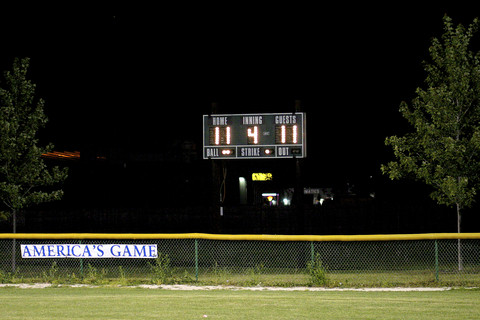
In baseball, a player can be called out in several ways. One common way is by being tagged with the ball while off base. Another way is if a fielder catches a batted ball before it touches the ground. Understanding these basic rules will give you a good foundation for understanding the more complex aspects of the game.
Understanding the field and positions
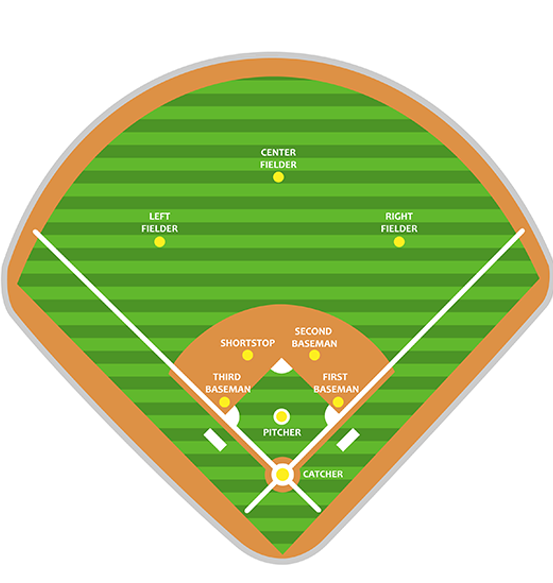
To fully appreciate the game of baseball, it's important to understand the different positions on the field and their roles. Each position has specific responsibilities and contributes to the overall strategy of the game.
Let's start with the infield positions. The pitcher stands on the pitcher's mound and throws the ball toward home plate. The catcher crouches behind the plate and receives the pitches thrown by the pitcher. The first baseman covers the first base, the second baseman covers the second base, the shortstop covers the area between the second and third base, and the third baseman covers the third base.
Moving to the outfield, we have the left fielder, center fielder, and right fielder. Their primary responsibility is to catch fly balls hit into their respective areas of the outfield. They also need to have strong throwing arms to make accurate throws to the infield.
Understanding the positions will help you follow the action on the field and appreciate the skills required for each position. Keep in mind that players can also be substituted throughout the game for strategic reasons or due to injuries.
See our complete blog on baseball positions
Scoring and gameplay
Scoring in baseball is based on the number of runs a team scores during their turn at bat. A run is scored when a player successfully crosses home plate after touching all the bases. The team with the most runs at the end of the game wins.
A player can score a run by hitting a home run, which is when the ball is hit over the outfield fence. This allows the batter and any runners on base to score.
Other ways to score include hitting the ball and advancing around the bases or taking advantage of errors made by the fielding team.
The game of baseball is known for its strategic elements. Pitchers and catchers work together to plan pitches and try to outsmart the batter. Baserunners strategize when to steal a base or advance on a hit. Managers make decisions on when to make substitutions or call for a bunt or a hit-and-run play.
When the pitcher throws to the batter, the batter has two choices. 1. Swing 2. Allow the ball to pass. At that point, either the batter swings or misses the ball, in which case one of three allowed strikes is recorded. Three strikes and the batter loses his or her turn at bat. If the batter elects to remain passive and allow the pitch to pass, it brings to bear two more elements. 1. if the pitch misses passing through an area defined as the strike zone, it is recorded as a "ball," a confusing term but a term firmly ensconced in the baseball lexicon. If four "balls" are recorded, the batter is awarded a free first base. If the batter allows the ball to pass and it does pass through the defined strike zone, it can be recorded as a strike.
The "at bat" count of strikes and balls is kept by an umpire, an independent judge, whose decisions are final today. Some advanced levels are experimenting with the use of technology to make those decisions.
The strike zone changes based on the size of the batter and the at-bat stance he or she normally uses. By strict definition, the vertical rectangle of the strike zone is 17 inches wide, the width of the home base and by the hollow beneath the batter's knee at the lower level. The upper strike zone level is set at a midpoint between the top of the shoulders and the belt. If a batter swings and hits a ball that lands uncaught in areas outside of the playing area, it is called a foul ball and is recorded as a strike. If the foul ball is caught, the batter is out, and his or her turn at bat is ended.
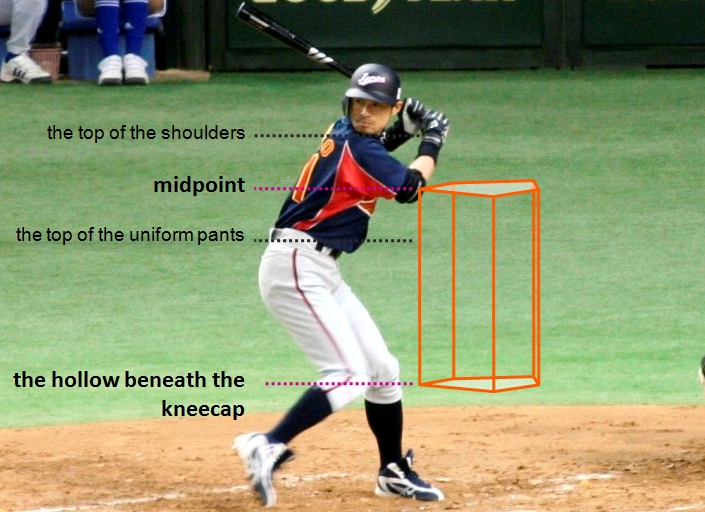
The game is played in a series of innings, with both teams having a chance to bat and field in each inning. The team in the field aims to prevent the opposing team from scoring, while the team at bat tries to score as many runs as possible. The game continues until a predetermined number of innings have been played or until one team has an insurmountable lead.
Baseball equipment and gear
To play baseball, players require specific equipment and gear. The most essential equipment is a baseball and a bat. The baseball is a white ball with red stitching, and it is used for pitching, hitting, and fielding. The bat is a wooden or metal instrument used to hit the ball.
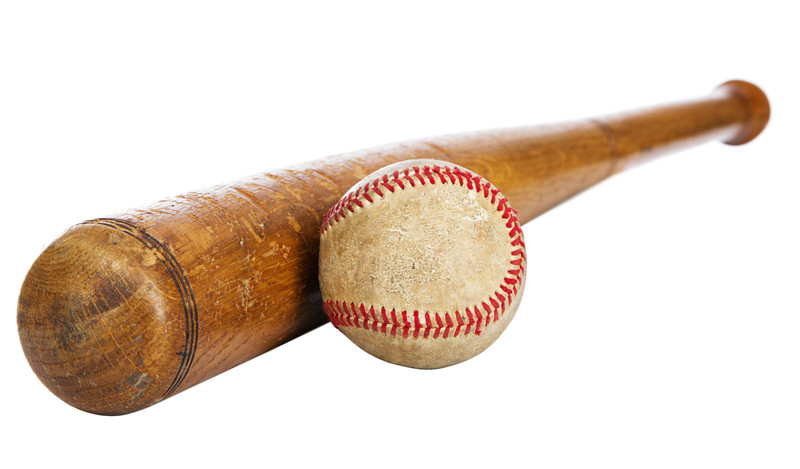
Protective gear is also crucial in baseball. Catchers wear a special helmet, chest protector, leg guards, and a mask to protect themselves from foul balls and collisions at home plate. Batters wear helmets to protect themselves from errant pitches. Fielders sometimes wear protective gloves to help catch the ball more effectively.
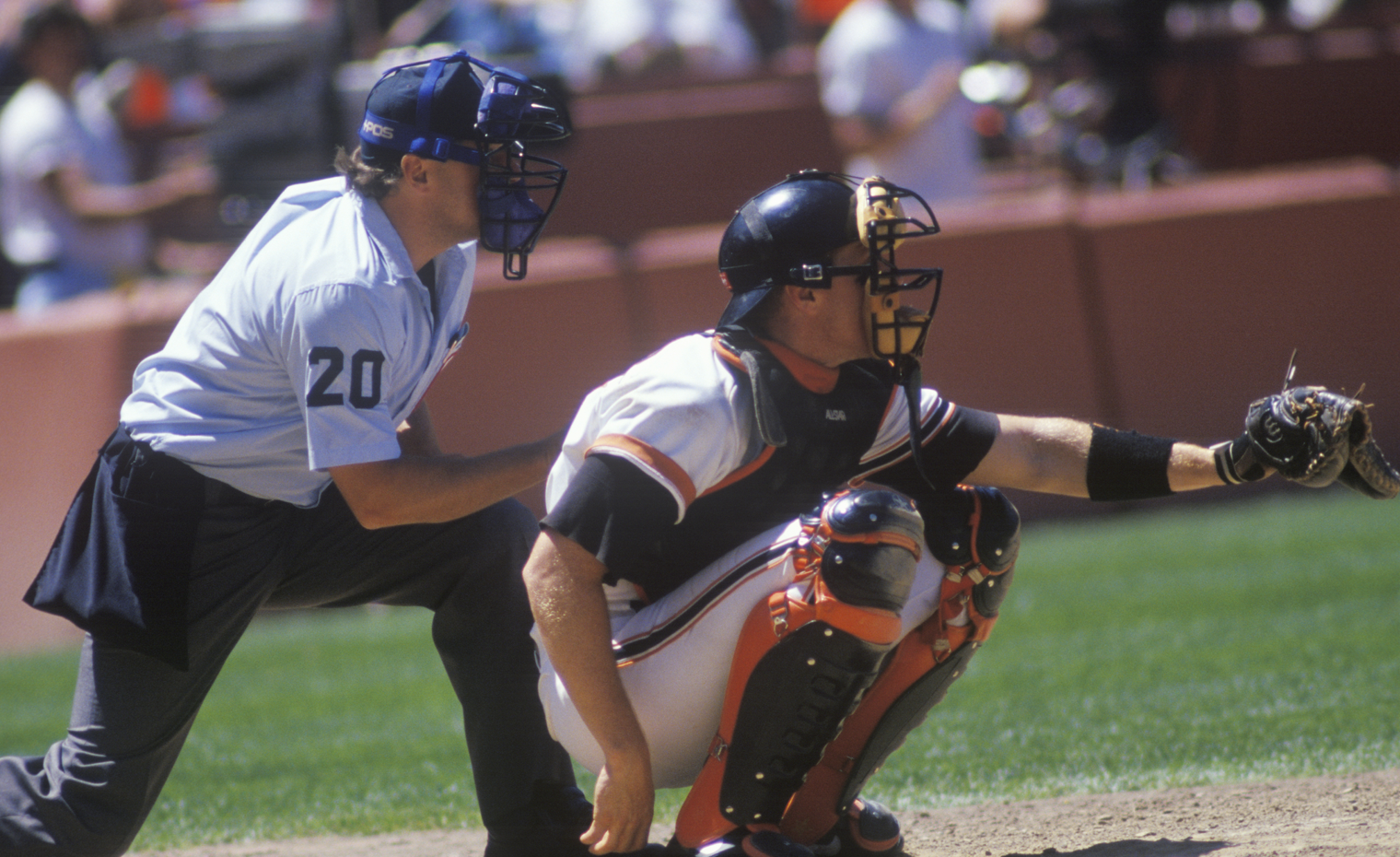
The type of equipment used can vary depending on the level of play. Professional players often use wooden bats, while amateur players may use aluminum bats. Additionally, different leagues may have specific rules regarding the type of equipment allowed.
Common baseball terms and slang
Baseball has its own set of terminology and slang that can be confusing for newcomers. Here are some common terms you'll encounter while watching or discussing the game:
Home run
When a batter hits the ball out of the playing field, allowing them and any runners on base to score.
Strikeout
When a batter fails to hit the ball three times, resulting in an out.
Double play
When the fielding team records two outs in a single play.
Balk
When a pitcher makes an illegal movement or deceptive action while on the mound, resulting in a penalty.
Squeeze play
A strategic play where the batter bunts the ball in an attempt to allow a runner on third base to score.
These are just a few examples of the many terms and phrases used in baseball. As you watch games and immerse yourself in the sport, you'll become more familiar with the language of the game.
Baseball rules and regulations for different leagues
Baseball is played at various levels, each with its own set of rules and regulations. The most well-known and prestigious league is Major League Baseball (MLB). MLB has specific rules regarding player eligibility, game length, and playoff formats.
At the amateur level, there are various leagues and organizations, such as Little League, high school baseball, and college baseball. These leagues often have age restrictions and modified rules to accommodate younger players or ensure fair competition.
It's important to familiarize yourself with the specific rules and regulations of the league or organization you are playing in or following. This will ensure that you understand the nuances and can fully enjoy the game at that level.
Baseball umpires and their roles
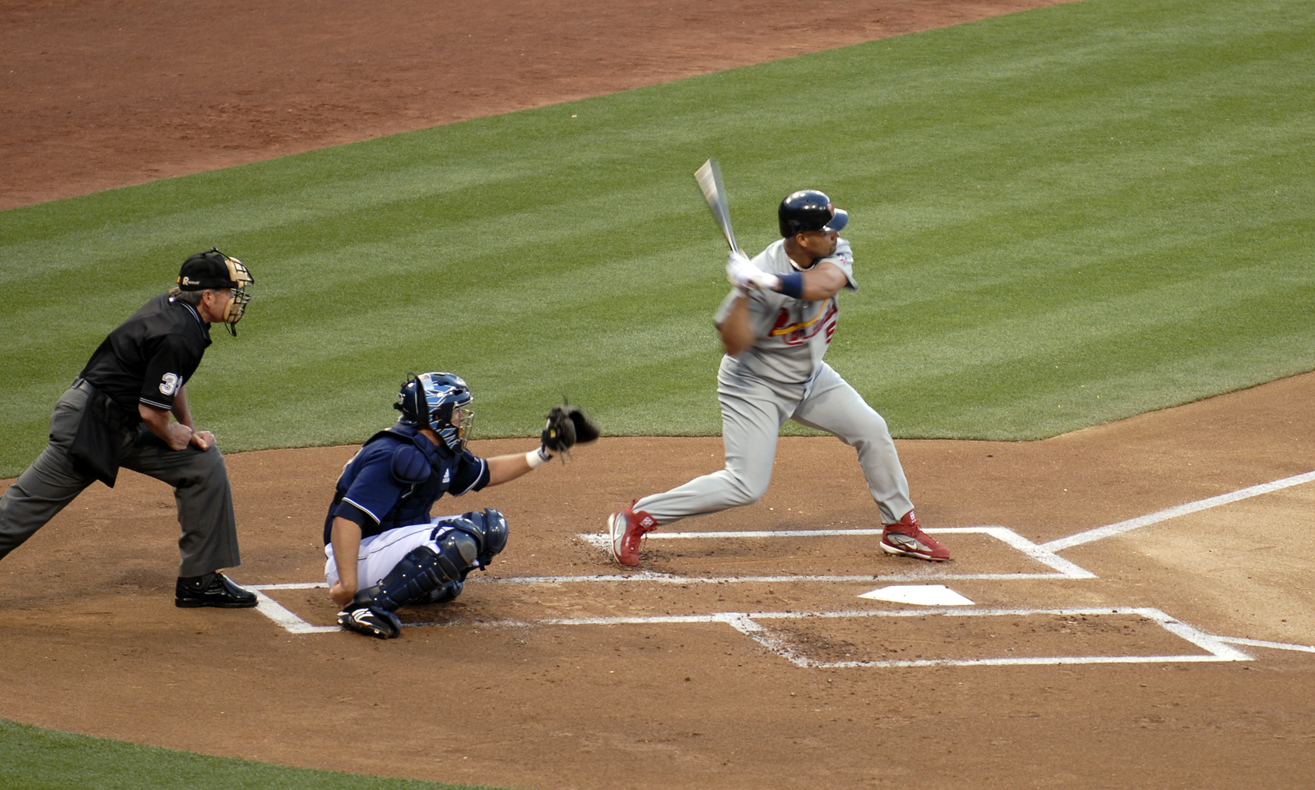
Umpires play a vital role in enforcing the rules of baseball and making impartial decisions during games. There are typically four umpires in a professional game: the home plate umpire, the first base umpire, the second base umpire, and the third base umpire. Each umpire has specific responsibilities and areas of the field to cover.
The home plate umpire is responsible for calling balls and strikes, determining whether a pitch is legal, and making decisions on plays at home plate. The base umpires make calls on plays at their respective bases, including tag outs and force outs.
Umpires are expected to make quick and accurate decisions, often under intense pressure. Their role is crucial in ensuring fair play and maintaining the integrity of the game.
Baseball etiquette and sportsmanship
Baseball is not just about the rules and regulations; it's also about etiquette and sportsmanship. Respect for the game, the players, and the officials is highly valued in baseball.
One important aspect of baseball etiquette is respecting the umpire's decisions. While players and coaches may disagree with a call, it's essential to accept the umpire's ruling and not argue excessively. Excessive arguing can result in ejections and penalties. In high professional leagues, electronic technology is being used to support or change umpire decisions.”
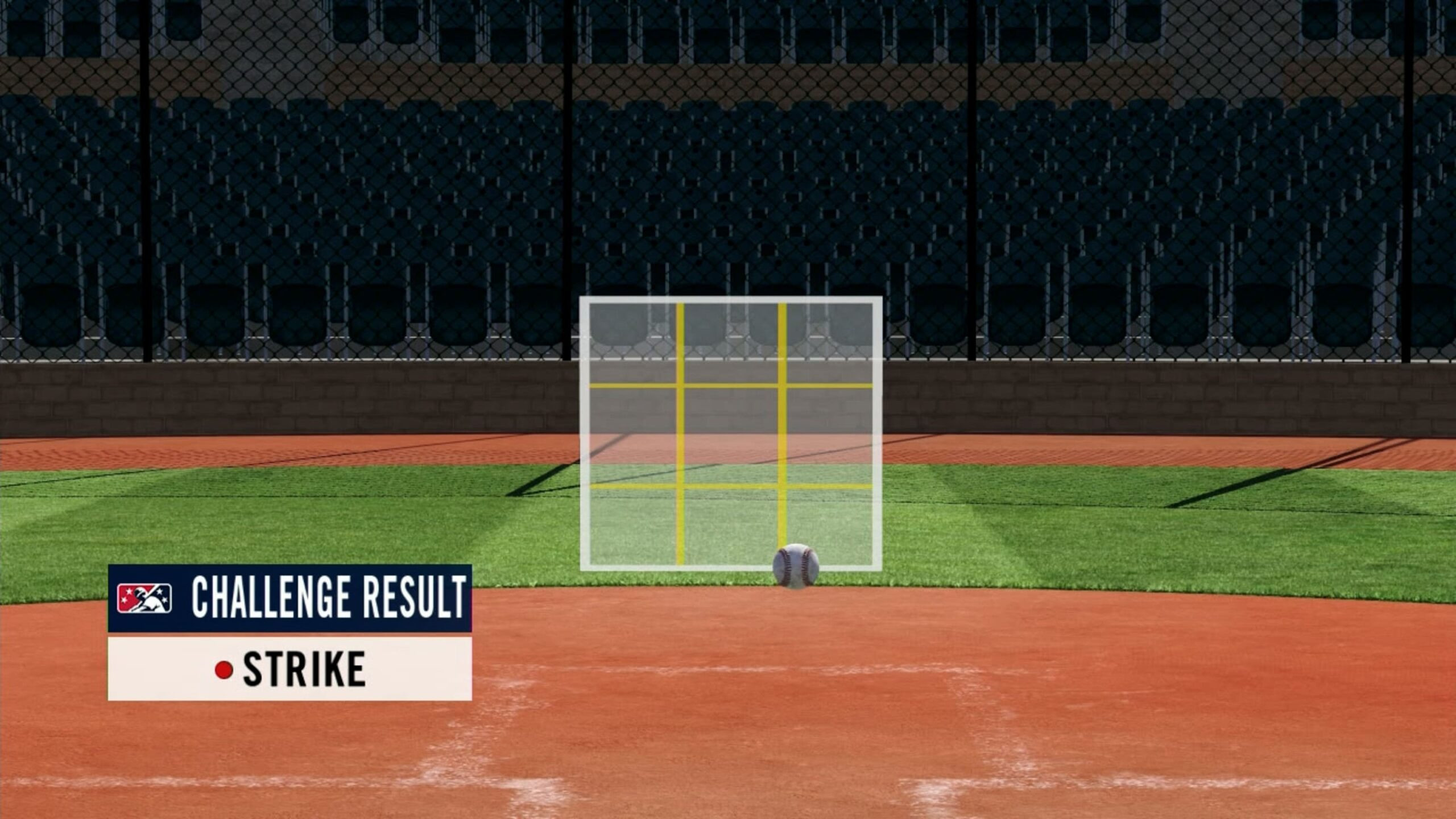
Sportsmanship is also emphasized in baseball. Players are expected to play fair, avoid intentional harm to opponents, and treat each other with respect. Celebrating successes and acknowledging good plays by the opposing team are all part of good sportsmanship.
Resources for further learning
Congratulations! You've made it through the ultimate guide to understanding baseball rules and regulations. By now, you should have a solid foundation of knowledge that will allow you to follow the game and engage in conversations with fellow fans.
If you're hungry for more baseball knowledge, plenty of resources are available to further your learning. Books, online articles, and videos can provide in-depth information on specific aspects of the game. Watching games and discussing baseball with fellow fans can also deepen your understanding and appreciation for the sport.
So, go forth and enjoy the game of baseball with confidence and enthusiasm. Whether you're watching from the stands or joining in on the action, understanding the rules and regulations will enhance your experience and make you a true baseball aficionado. Play ball!



